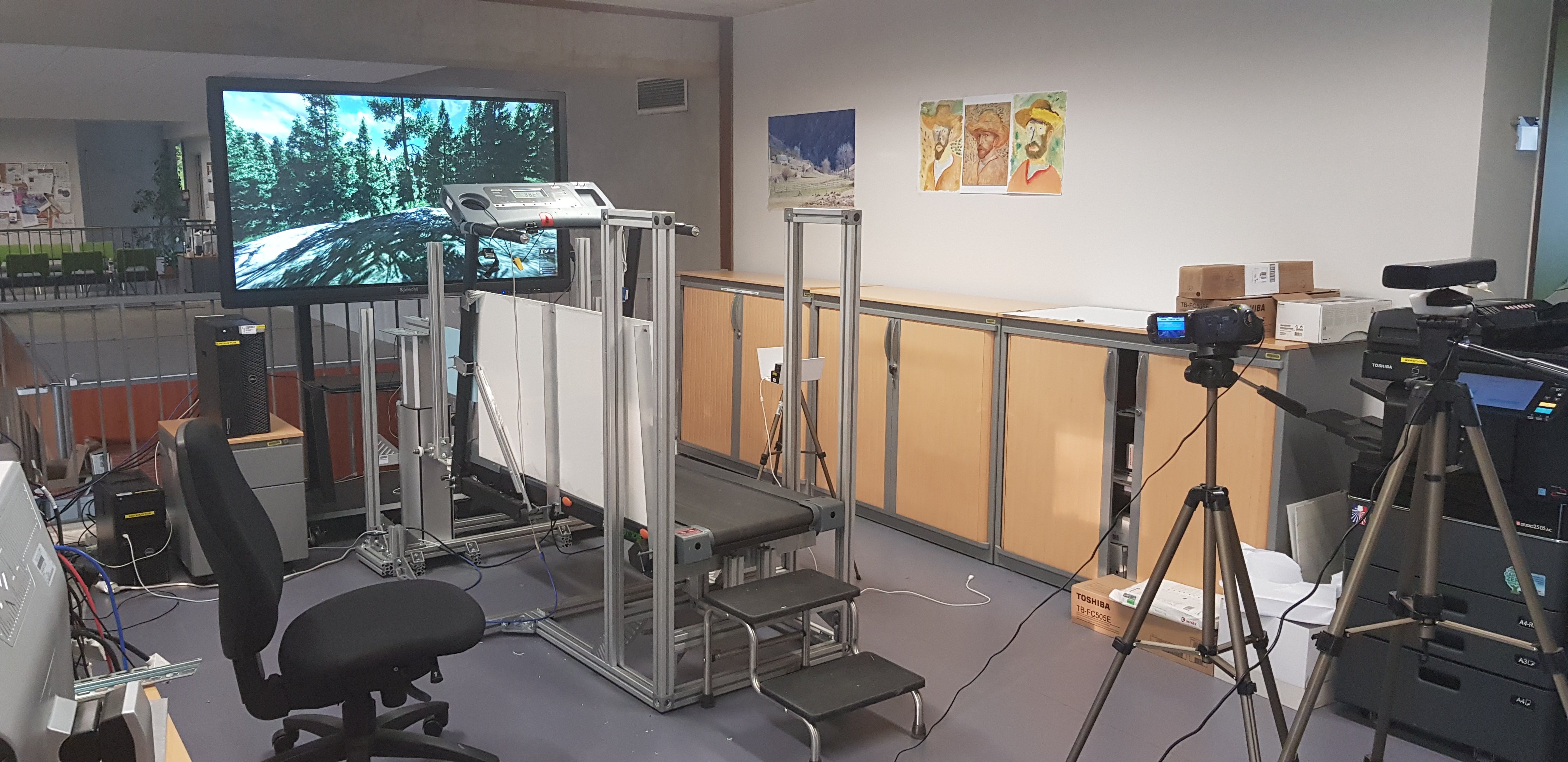Section: New Software and Platforms
Platforms
ALIAS, Algorithms Library of Interval Analysis for Systems
Participants : Hiparco Lins Vieira, Jean-Pierre Merlet [correspondant] , Yves Papegay.
URL: http://www-sop.inria.fr/hephaistos/developpements/main.html
The ALIAS library whose development started in 1998, is a collection of procedures based on interval analysis for systems solving and optimization.
ALIAS is made of two parts:
ALIAS-C++ : the C++ library (87 000 code lines) which is the core of the algorithms
ALIAS-Maple : the Maple interface for ALIAS-C++ (55 000 code lines). This interface allows one to specify a solving problem within Maple and get the results within the same Maple session. The role of this interface is not only to generate the C++ code automatically, but also to perform an analysis of the problem in order to improve the efficiency of the solver. Furthermore, a distributed implementation of the algorithms is available directly within the interface.
Hardware platforms
We describe here only the new platforms that have been developed or improved in 2018 while we maintain a very large number of platforms (e.g. the cable-driven parallel robots of the MARIONET family, the ANG family of walking aids or our experimental flat).
REVMED: virtual reality and rehabilitation
Inria and Université Côte d'Azur have agreed to fund us for developing the platform REVMED whose purpose is to introduce end-user motion and their analysis in a virtual reality environment in order to make rehabilitation exercises more attractive and more appropriate for the rehabilitation process. For example we have developed an active treadmill whose slope change according to the user place in the virtual world while the lateral inclination may be changed in order to regulate the load between the left and right leg. Such a system may be used in rehabilitation to simulate a walk in the mountain while increasing on-demand the load on an injured leg (that is usually avoided by the user) for a shorter rehabilitation time. At the same time the walking pattern is analyzed by using lidar, kinect and distance sensor in order to assess the efficiency of the rehabilitation exercise.
The motion system is composed of two vertical columns whose height may be adjusted (they are used for actuating the treadmill), a 6 d.o.f motion base and a cable-driven parallel robot which may lift the user (in the walking experiment this robot may be used to support partly the user while he is walking allowing frail people to start the rehabilitation earlier). We intend to develop sailing and ski simulators as additional rehabilitation environment. Currently the columns and instrumented treadmill are effective and we have completed at the end of this year the coupling between the subject motion and the 2D visualization of a walk in a nice-looking environment, including basic sound (figure 1). Walking analysis is performed using a lidar, a kinect and a distance sensor at the head of the treadmill.
|
Activities detection platform
For non intrusive activities detection we use low cost distance and motion sensors that are incorporated in a 3D printed box and constitute a detection station. Several such station are implemented at appropriate place in the location that has to be monitored. Currently we have 15 such stations deployed at Valrose EHPAD since end of 2016 and 17 (which amount to 77 different sensors) deployed at Institut Claude Pompidou since the end of 2017.



